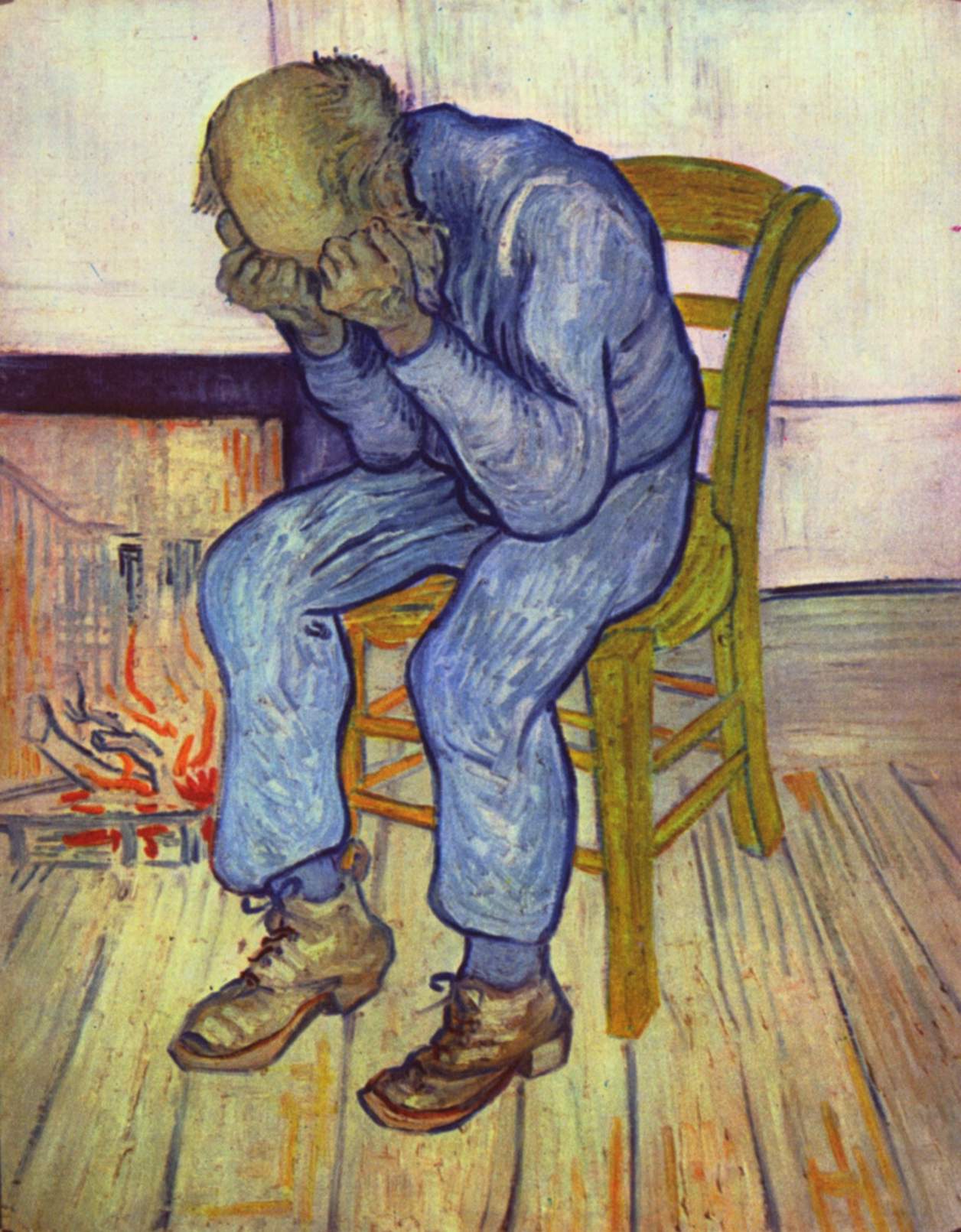Trevor Klee
Cambridge, MA, United States

Depression and suicide are difficult subjects to write about because they are unpleasant and have at least a faint tinge of moral failure. Moreover, the enormity of the feelings involved dwarfs the attempts to portray them in writing. Perhaps the best written description of suicidal ideation comes from David Foster Wallace: “The person in whom [depression’s] invisible agony reaches a certain unendurable level will kill herself the same way a trapped person will eventually jump from the window of a burning high-rise.” Still, this is only an elliptical explanation rather than a true description of suicidal thoughts.
An alternative avenue presents itself through visual media: pictures, videos, and videogames. As in a scary movie, it is possible for visual media to access basic emotions directly. A jump scare in a movie scares no matter what. It is universal and needs no translation.
Depression may be a more complex emotion though, not lending itself quite so easily to bypassing our thinking brain. Nevertheless, the excellent documentary Placebo by an Indian filmmaker has attempted to do just that. This filmmaker, Abhay Kumar, went undercover at India’s most prestigious medical college, the All India Medical School, after his brother Sahil, a student at the college, inexplicably maimed himself during a fight. Sahil jammed his arm through a glass window, lost use of his fine motor skills, and had to become left-handed instead of right-handed during his final year in school.
Abhay went undercover for two years at his brother’s dormitory, filming interviews with his brother and his brother’s friends. The questions that the documentary seeks to answer are hard to frame precisely. Abhay wants to connect his brother’s act to a wider epidemic of suicides at the college and to the social and academic pressures there, even though filming “academic pressures” is not exactly an easy task. In short, one would expect Abhay’s documentary to fall into the same troubles as written media do when they attempt to tackle depression.
But it does not, which is quite impressive. Instead, Abhay uses a mixture of surreal animation, in-depth and idiosyncratic interviews, real-life footage, and news-like footage of events at the university (including a protest against the lack of university support for mental health) to create an atmosphere. It’s one in which we see Sahil and his friends suffer and change as the college roils and moves around them. Their moods shift across their day-to-day interactions, amplified by the animation which brings to life their darkening emotions.
In the end we are left with a portrait of a college that is overwhelming in its demands and expectations, and of students coming out battered and occasionally broken. We are also left with intensely personal and archetypal portraits of young men attempting in various ways to grapple with the demands of the college.
Above all we are left with feelings of an impossible exam that one has to pass, of pressures beyond measure, of hopelessness and despair. Abhay Kumar successfully shows his viewers what depression is, and that is quite an accomplishment.
TREVOR KLEE is a Princeton alumnus. He currently works as a philosophy teacher for a Chinese education startup and as a graduate exam tutor in Cambridge.

Leave a Reply